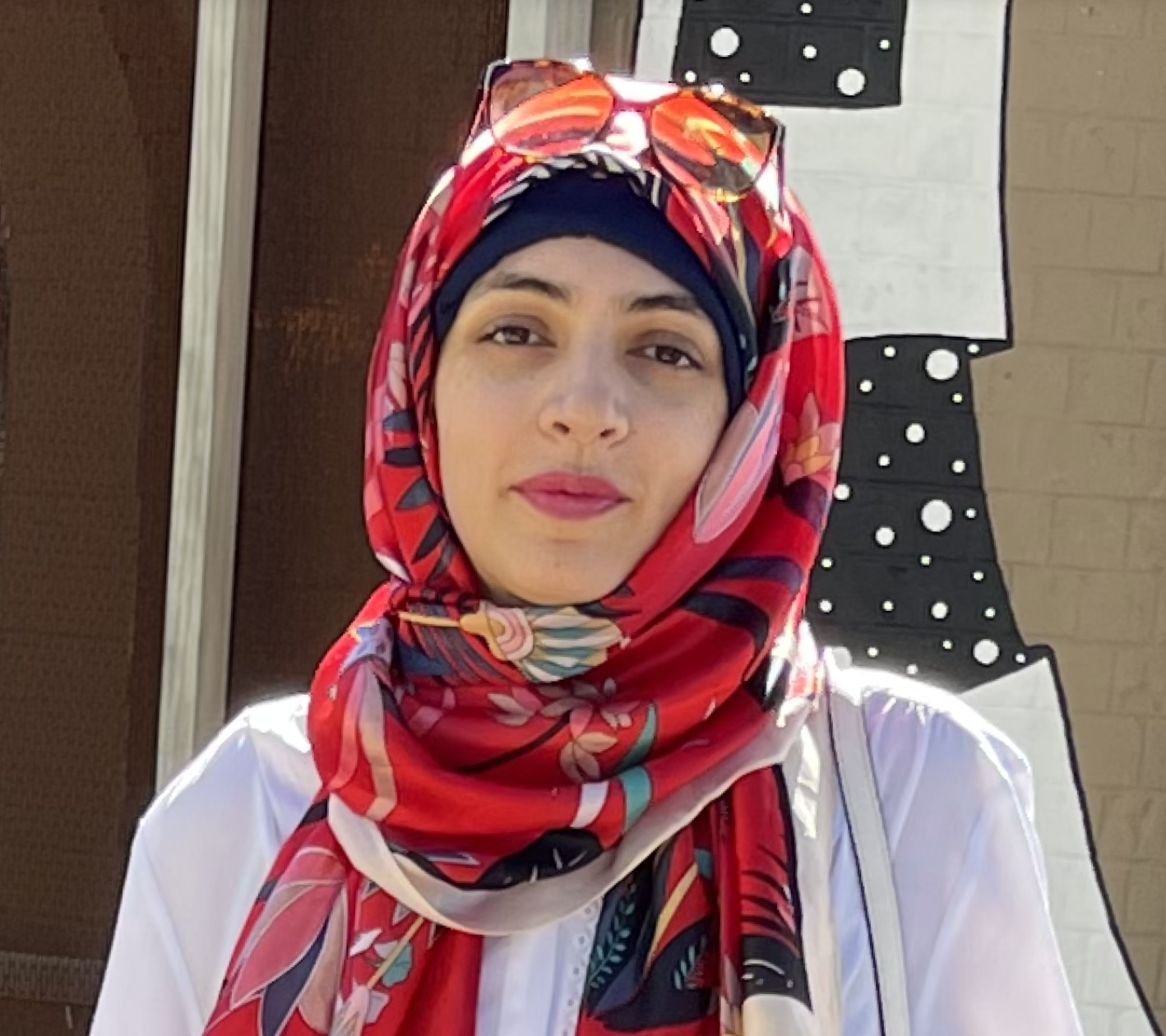Hypnic headaches also known as alarm clock headaches are a rare type of primary headache that occurs during sleep and tend to wake the person up, seen particularly in elders. These headaches only occur when a person is asleep (Sleep Foundation, 2023). Amongst patients visiting tertiary centers, the prevalence of hypnic headaches is 0.07%-0.35%. The following table shows the diagnostic criteria for HH. (Michel Lanteri, 2014)
Diagnostic Criteria of HH According to ICHD-22 and ICHD-3 β3 ICHD-2 (2004)
| ICHD-2 (2004) | ICHD-3β (2013) | |
| Dull headache fulfilling criteria B D | A | Recurrent headache attacks fulfilling criteria B E |
| Develops only during sleep and awakens the patient | B | Developing only during sleep, and causing wakening |
| At least 2 of the following characteristics: (1) occurs < 15 times per month; (2) lasts ≥ 15 minutes after waking; (3) first occurs after the age of 50 years | C | Occurring on ≥10 days per month for >3 months |
| No autonomic symptoms and no more than one of nausea, photophobia or phonophobia | D | Lasting ≥ 15 minutes and for up to 4 hours after waking |
| Not attributed to another disorder | E | No cranial autonomic symptoms or restlessness |
| Not attributed to another disorder | F | Not better accounted for by another ICHD-3 diagnosis |
Like what you’re learning? Download a brochure for our Orofacial Pain and Oral Medicine certificate or master’s degree program.
Clinical features
It usually presents as a dull headache; however, it can be throbbing, pulsating, sharp, stabbing or even burning in character. The severity is often mild to moderate intensity. Most patients show frontotemporal or diffuse presentation. The presence of circadian rhythm of attacks is the most striking pathognomonic feature of HH and suggests the involvement of hypothalamus (Daggne Holle, 2013).
Treatment
A cup of coffee/ caffeine 40-60mg is the first-line treatment of HH. Second-line treatment options are: sustained-release indomethacin or Lithium 300-600mg. However, Lithium has side effects and thus limited use, in the elderly population. Some other options that have been seen to be helpful and can be validated are Topiramate 25-100mg or oxetorone 60-120mg. Indomethacin is particularly helpful when used in unilateral attacks with autonomic signs. For acute attacks, subcutaneous sumatriptan and oxygen were not seen to be effective (Michel Lanteri-Minet, 2010).
Earn an Online Postgraduate Degree in Orofacial Pain and Oral Medicine
Are you interested in a variety of issues focused on orofacial pain, medicine and sleep disorders? Consider enrolling in the Herman Ostrow School of Dentistry of USC’s online, competency-based certificate or master’s program in Orofacial Pain and Oral Medicine.
References
- Lanteri-Minet M. Hypnic headache. Headache. 2014 Oct;54(9):1556-9. doi: 10.1111/head.12447. Epub 2014 Sep 18. PMID: 25231430.
- Holle D, Naegel S, Obermann M. Hypnic headache. Cephalalgia. 2013 Dec;33(16):1349-57. doi: 10.1177/0333102413495967. Epub 2013 Jul 5. PMID: 23832130.
- Lanteri-Minet M, Donnet A. Hypnic headache. Curr Pain Headache Rep. 2010 Aug;14(4):309-15. doi: 10.1007/s11916-010-0124-8. PMID: 20512536.

